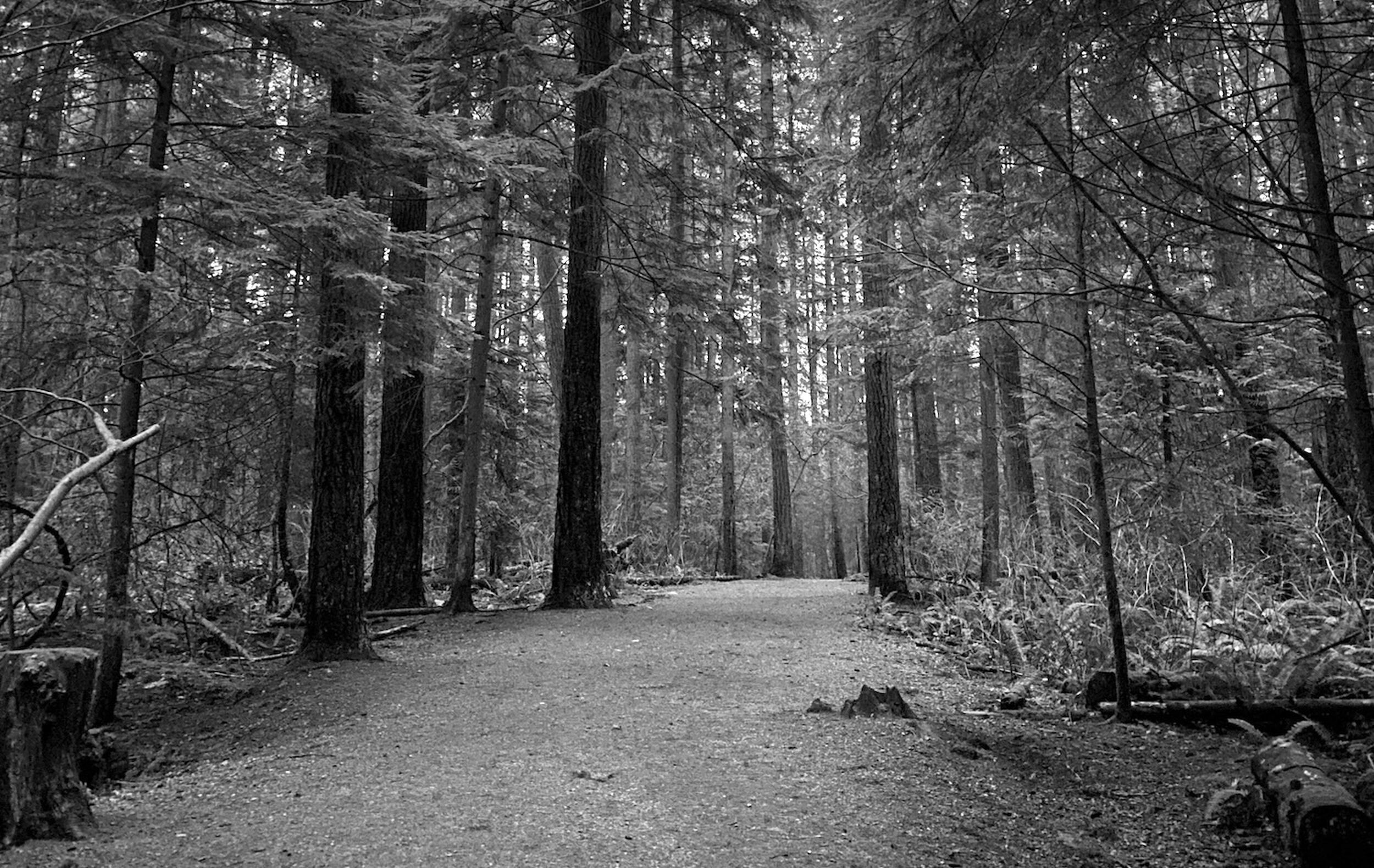
Glenn Gould and the art of radio
Inspiration from an unlikely source.
On weekends, The Sprawl sends out an email newsletter called Saturday Morning Sprawl. Subscribe here so you don't miss a dispatch! Here is this week's edition.
It's been nearly three weeks since Calgary's public hearing meeting on blanket rezoning kicked off and while the hearing portion is done, council still has yet to vote on the matter.
That's slated to happen next week.
In the meantime, I keep running into people who tell me they are looking forward to the Sprawlcast on whatever is decided. It's coming—if ever the the April 22 council meeting does, in fact, conclude!
Earlier this year, when I was reporting on the Three Sisters Mountain Village development in Canmore, people kept telling me that the week-long 2021 public hearing for that project, with its 260+ speakers, was the longest municipal public hearing in Alberta's history.
Apparently Calgary, with our 700+ speakers, wasn't content to let that claim stand.
While working on my Canmore series, that lengthy public hearing posed a challenge. How could I condense it into Sprawlcast in an interesting way? I grappled with this question and found inspiration from an unlikely source: the Canadian classical pianist Glenn Gould.
Over the Christmas holidays, I became fixated on Gould. We were visiting my wife's parents in Coquitlam, B.C., and they live not far from Mundy Park, one of my favourite urban parks, which has a big pathway network amid dense rainforest. Whenever we're there, I do a lot of walking in the park, and I usually have an obsession of some sort that I pursue as I walk. On one visit it was the podcast Heavyweight. On this visit it was Glenn Gould.
I'd been reading a couple biographies of Gould and got particularly fascinated by Gould's radio documentary work for CBC. Specifically his "solitude trilogy," three hour-long documentaries he did for CBC's Ideas program: The Idea of North (1967), The Latecomers (1969) and The Quiet in the Land (1977).
I walked and listened carefully and then started reading all I could about these old radio documentaries.
When he was making The Idea of North, Gould had a problem that is familiar to creatives. He had a one-hour slot but he'd laid out an hour and 25 minutes of material. With some effort he hacked it down to what was indispensible but it was still at least 14 minutes too long, and he was not willing to let any more of it go.
One solution, not available to Gould at the time, is to just go long and not worry about it. That happens all over the place nowadays.
Taylor Swift's new album isn't 16 songs; it's a double album with 15 more songs. Ted Lasso started with half-hour episodes; by the end of the run, episodes were well over an hour.
Even my own show, Sprawlcast, started as a monthly half-hour show, because that was the slot I had at CJSW 90.9 FM, so I shaped the show accordingly. But over time, it sprawled. Like so many other creators, I delude myself into thinking that this stuff is so good; it just has to all be included!
No. Be disciplined. Be ruthless. Respect the listener's time.
Anyway, in 1967, Gould didn't have the luxury of spilling outside of the one-hour time slot that CBC Radio had for Ideas. So he came up with an innovative solution: "Look, we really could hear some of these people speaking simultaneously—there's no particular reason why not," as he later told an interviewer.
Instead of having his five interviewees speak linearly, one at a time ("predictable," scoffed Gould), he layered them on top of each other, fading different voices in and out over the sound of a train.
I was always dissatisfied with the kind of documentaries that radio seemed to decree.
Being Glenn Gould, he had a musical rationalization for this technique and devised a name for it: "contrapuntal radio," he called it. He contended that the average person could take in and respond to much more information than the linear format allowed.
The results are fascinating, particularly in The Latecomers, which is about Newfoundland, and used stereo (a new technology, at the time) to fade voices in and out on the left and right channels, as the calming sound of a wave on the sea shore plays constantly in the background.
As I was walking in Mundy Park and mulling this all over and thinking about my Canmore episodes, I got an idea: I should rip off Gould's technique and apply it to the audio I had from Canmore's public hearing. This could be an interesting way of fitting more material in a shorter amount of time and giving a sense of what was said.
This was, in my mind, brilliant.
But once I got back to Calgary, I realized it wouldn't work. The audio I had was lousy. It was not broadcast-quality stuff like Gould had. Since the public hearing occurred a year into the pandemic, all of the speakers had dialed in remotely. This in turn was streamed on YouTube, which is where I got the recording.
It would not work to spin this stuff into Gouldian radio gold. So that was the end of it. I went linear, forced to embrace predictablility.
All I'm saying is: if you hear this technique in a future Sprawlcast episode, don't blame me. Blame Glenn Gould.
Jeremy Klaszus is editor-in-chief of The Sprawl.




